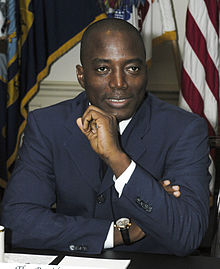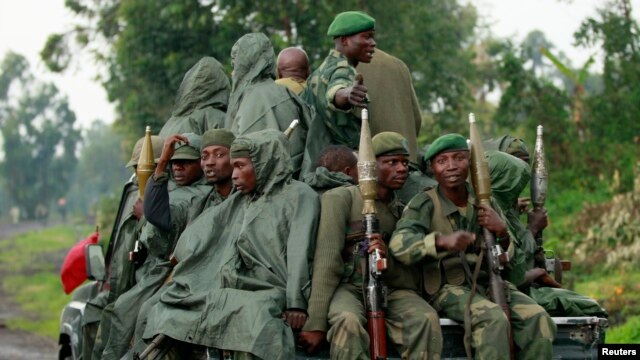emptystep
VIP Member
- Jul 17, 2012
- 3,654
- 221
- 83
Evolving Security Situation in the Democratic Republic of the Congo and Implications for U.S. National Security
Hearings - Hearings - Armed Services Republicans
I was thinking I would get all the posts for this thread ready and then populate the thread. As I get them ready I will add posts.
I would greatly appreciate replies to this thread, especially from SMEs, Subject Matter Experts.
I would like to state one of the strongest reasons for making this thread is to clear up some of the pessimism of addressing issues in Africa and especially of the issues of the eastern Democratic Republic of the Congo.
Hearings - Hearings - Armed Services Republicans
I was thinking I would get all the posts for this thread ready and then populate the thread. As I get them ready I will add posts.
I would greatly appreciate replies to this thread, especially from SMEs, Subject Matter Experts.
I would like to state one of the strongest reasons for making this thread is to clear up some of the pessimism of addressing issues in Africa and especially of the issues of the eastern Democratic Republic of the Congo.





